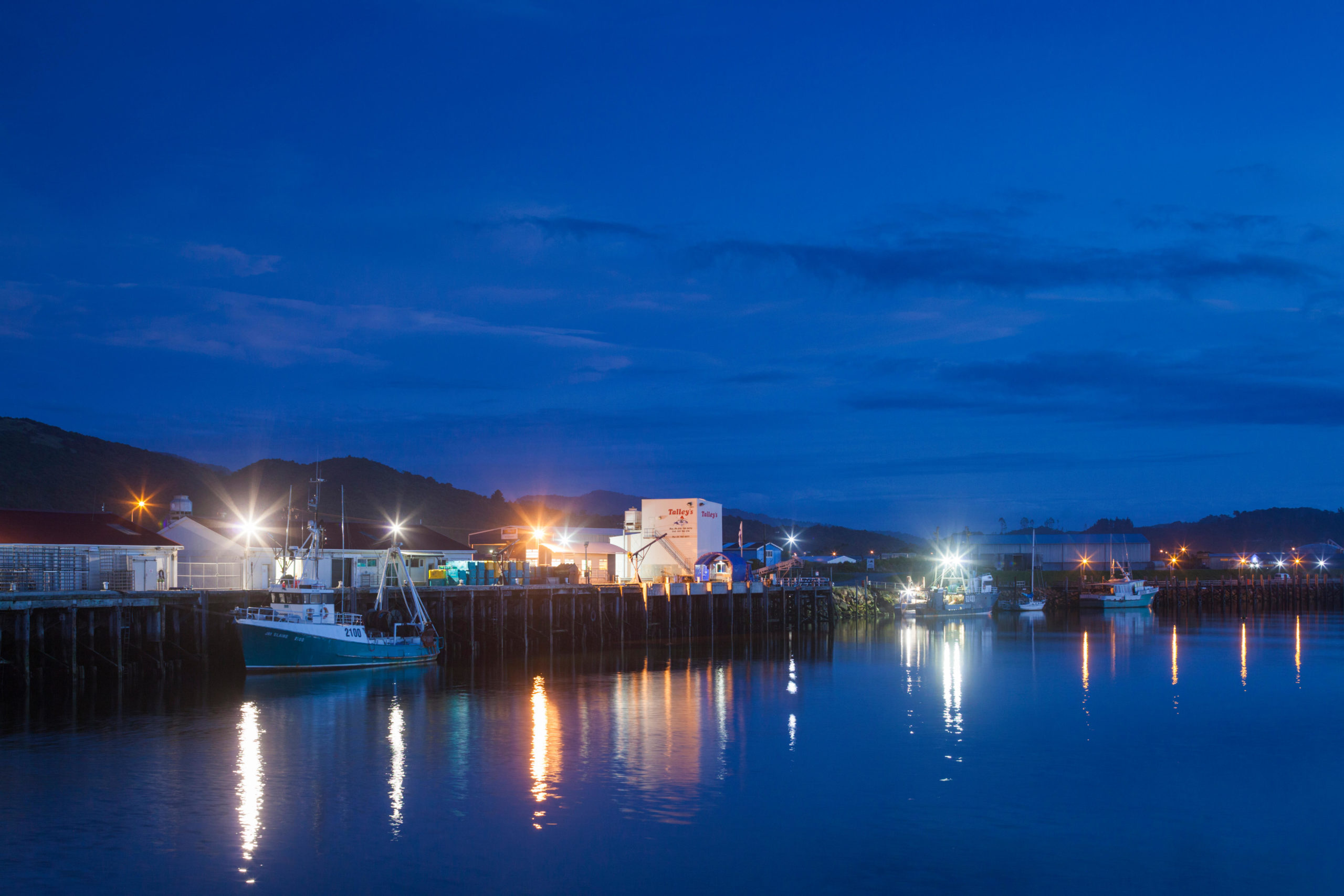
While common wisdom suggests that most of world’s major wild catch fisheries have been developed, new fisheries – mostly smaller “boutique” fisheries – have continued to emerge in recent times. These have been driven by a growing need for fish-based protein, changing consumer preferences and an increasing use of bycatch amongst other things. Historically, the development of new fisheries has been reactive, with most fisheries following a typical ‘boom and bust’ cycle, characterised by rapid initial development and overcapitalisation, followed by overfishing and stock decline. More recently, there has been a growing recognition of the benefits, both biological and socio-economic, in ‘catching fisheries early’ – that is, identifying emerging or potential fisheries early in the development cycle and putting them into an orderly development process.
The situation in New Zealand mirrors the global pattern, with most of the major fisheries having been developed but smaller, mostly shellfish, fisheries continuing to emerge. These fisheries have the potential to create valuable jobs and revenue but also pose unique management challenges, mostly driven by a lack of information upon which to support management decisions consistent with legislative objectives. New Zealand’s system of fisheries management has a number of unique characteristics that require a tailored approach to new fishery development. Central to this is the preference for management under the QMS.
The overarching purpose of this research was to provide advice about best practice approaches to the management of new and emerging fisheries within New Zealand’s existing management framework. In developing this advice we undertook three main tasks:

info@mragasiapacific.com.au
(07) 3371 1500
2/29 Woodstock Road
Toowong QLD 4066
© 2021 MRAG Asia Pacific. All Rights Reserved.